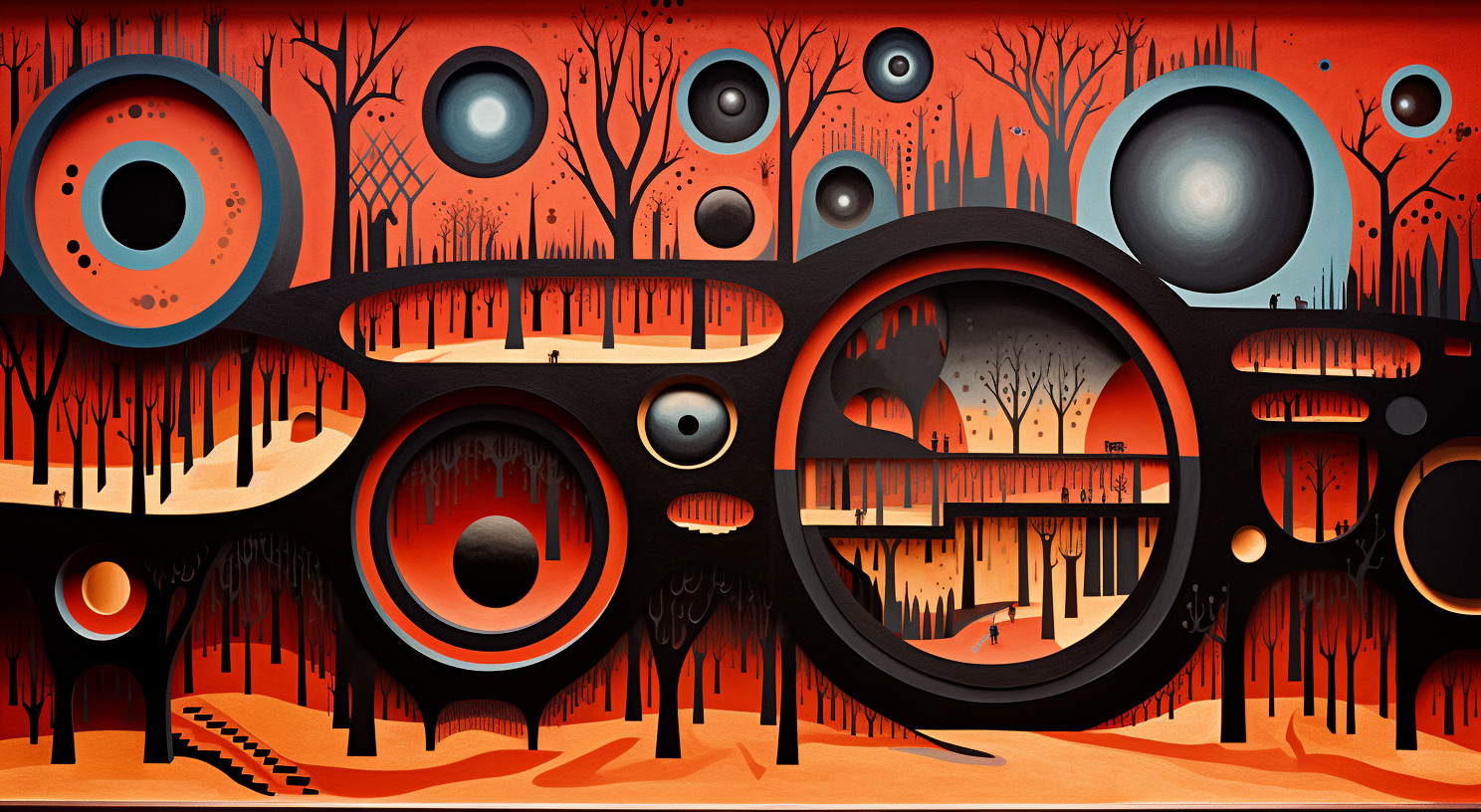2. On my case specifically

To sign up for ketamine-assisted psychotherapy, the patient has to pass a couple of reasonable filters: ensure there are indications for it and no contraindications. Easy.
Indications: a diagnosed disorder and dissatisfactory efficacy of two other attempted approaches to treat it (talk therapy and standard medication). I had those.
Contraindications: severe mental health issues in the family, weak physical health, allergy to the active substance, and other trivial medical things.
Der Prozess
Here’s the assembly line:
- Basic tests,
- Psychiatrist,
- Cardiologist,
- Preparatory session,
- Ketamine session + “integration” next day ×3,
- Wrapping up session,
- Keep working with the therapist as the year before it.
The cardiologist is in the pipeline due to the stress ketamine puts on the heart, pharmacologically and psychologically. There's a chance to encounter pretty unpleasant and downright horrifying things. “’s all good, have a nice trip,” the doctor told me and greenlit me for the procedure.
Medical guidelines before the injection:
- No food and coffee 6 hours before the session,
- No water 1 hour before the session,
- No grapefruit 20 hours before the session (hehe),
- No alcohol, weed, or any other psychoactive substances,
- If there's mental medication, it has to be put on hold or reduced,
- Regular medication has to be consumed no later than 90 minutes before the session,
- No driving after the session; public transportation is best avoided too.
Rules for the session itself:
- Everything's allowed, except for damaging the gear in the room or the therapist. You can walk, jump, scream — anything. Though, I was physically unable to exercise such freedoms.
- It's fine to feel sexually aroused, though trying to act on the arousal is very much not fine.
- Some patients want to be held by their hands. For that, the patient and the therapist agree on two gestures “take my hand” and “let go.” As with the rest of the rules, I don’t really understand how the participant would even remember there's a gesture and how to use it in this state.
And also, the doctor does not recommend planning anything for the days immediately after the session, at least for one day.
“…they were already in the castle or at its gates?”
Every session starts with a medical examination. Urine sample, body temperature, alcohol test, “How do you feel?”
Then you're ushered to the room. The room is furnished with a bed, chairs, audio setup that syncs headphones and speakers; this way, music will not be disrupted if you'd remove the headphones. For 3 years, everyone used the headphones, confusing the left ear for the right until I showed up. And as if that was not anal-retentive enough, I found the model on the AKG website and double-checked.
Candles, smell sticks, a mask (with wells made of foam, so you could open your eyes without taking the mask off), and sea shells on the shelf — some clients find comfort in loading off their anxiety onto these shells 🙄, also on offer heavy pillows and a heavy blanket. Heavy memories are assumed to be brought by patients.
I changed into a homey outfit and sat on the bed. A doctor with the injection came in and made the injection. I laid back on the pillow and put on the mask and headphones. 15–20 minutes later, I realized it had been 15–20 minutes since I started tripping. The thing kicks in instantly and absolutely transparently. A little spoiler, it doesn't wane off with the same ease.
Next ↓


